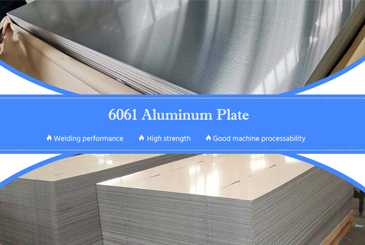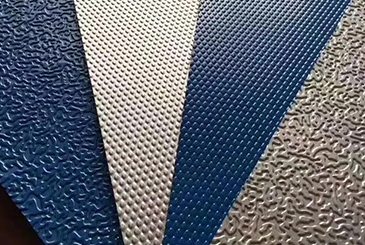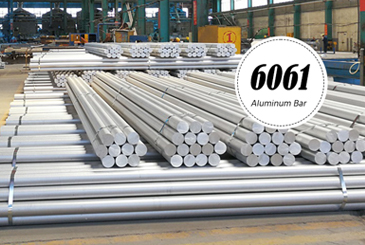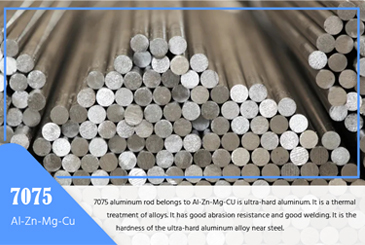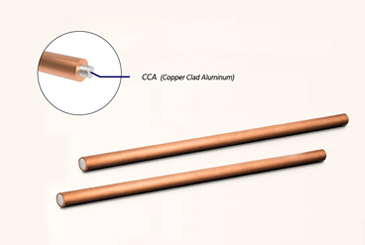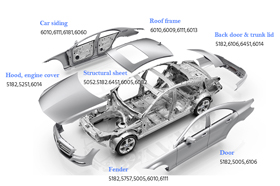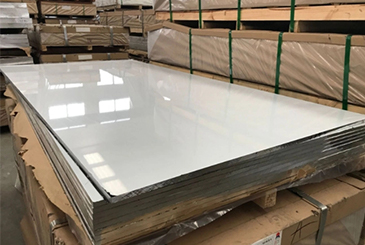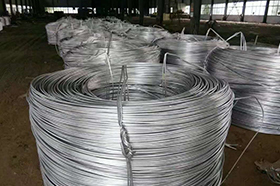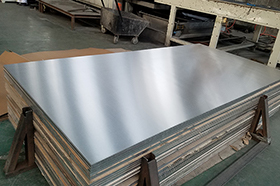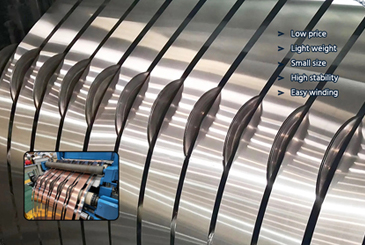Why choose 3003 aluminum alloy grinding rods?
3003 aluminum grinding rods are manufactured by centerless grinding, achieving ±0.02 mm diameter tolerance, ≤0.2 mm/m straightness, and ≤0.005 mm roundness. Even at spindle speeds of 8000 rpm, they maintain excellent stability.
The double-end chamfer design ensures smooth feeding without jamming. Improved chip-breaking performance reduces tool wear, making them ideal for CNC and automatic lathe mass production.
Quality is guaranteed with coarse grain rings strictly controlled to <0.5 mm, preventing white spots and snowflake spots. Optional stress-relief treatment keeps the rods dimensionally stable after precision machining.
Compared with 6061 alloy, 3003 offers better formability and weldability. It is especially suitable for deep drawing and large-volume stamping, helping manufacturers reduce costs while maintaining consistent quality.
Chemical Composition (GB/T 3190-2020)
| Element | Standard Range (%) |
| Si | ≤0.6 |
| Fe | ≤0.7 |
| Cu | 0.05–0.20 |
| Mn | 1.0–1.5 |
| Mg | ≤0.10 |
| Cr | — |
| Zn | — |
| Ti | ≤0.10 |
| Others | Each ≤0.05, Total ≤0.15 |
| Al | Remainder |
Mechanical Properties (GB/T 3191-2019, H112)
| Condition | Tensile Strength Rm (MPa) | Yield Strength Rp0.2 (MPa) | Elongation A (%) | Hardness HB |
| H112 | ≥95 | ≥35 | ≥25 | ≥30 |
Machining Performance and Process Features
3003 aluminum grinding rods offer high precision control with a diameter tolerance of ±0.02 mm, straightness ≤0.2 mm/m, and roundness ≤0.005 mm. The centerless ground surface is smooth, ensuring stable feeding during machining.
In cutting operations, chip-breaking performance is improved, producing short chips that prevent tool jamming. The material is compatible with carbide tools or coated high-speed steel tools, extending tool life.
Stress-relief treatment similar to T651 is available, ensuring that parts remain dimensionally stable after machining and meet the requirements of precision CNC applications.
Recommended machining parameters include a turning speed of 300–600 m/min with a feed rate of 0.05–0.20 mm/rev. Drilling and tapping should use spiral-flute aluminum drills with segmented drilling to avoid long chips. Milling is best performed with high-helix end mills at a cutting depth of 0.5–2.0 mm, using climb milling for optimal results. Cooling is typically achieved with soluble cutting fluids or mist cooling, ensuring effective chip removal and extended tool life.
Typical Applications of 3003 Aluminum Grinding Rods
Power battery shells
In the new energy industry, battery shells require thin walls, crack-free surfaces, and excellent cleanliness. 3003 aluminum grinding rods maintain stable shape after deep drawing and stretching, making them suitable for high-volume stamping while ensuring consistency and safety.
Common parts: cylindrical battery cases, prismatic battery shells, battery trays, sealing rings.
Marine and shipbuilding
Marine environments demand structures that are lightweight yet resistant to long-term saltwater corrosion. Using precision-ground 3003 aluminum rods for hulls and decks reduces overall weight, lowers maintenance costs, and extends service life.
Common parts: deck support rods, bulkhead frames, railings, hatch fittings.
Vehicles and transportation equipment
In automobiles, subways, and freight vehicles, lightweight components are essential for energy efficiency and regulatory compliance. Precision aluminum rods are used for vehicle brackets and frame structures, balancing strength with flexibility, and contributing to overall weight reduction.
Common parts: automotive frame crossbeams, door reinforcements, seat supports, railway car connectors.
Automotive and aircraft welded parts
Fuel tanks, engine accessories, and aircraft skins demand excellent weldability and dimensional stability. The precision of 3003 ground rods ensures reliable assembly, making them ideal for lightweight structural applications.
Common parts: fuel tank shells, engine hangers, skin frames, air-conditioning pipe fittings.
Pressure vessels
Gas cylinders and chemical tanks require strong fire resistance and corrosion resistance. Precision-ground 3003 aluminum rods maintain stable performance under harsh conditions, meeting chemical and energy industry standards.
Common parts: chemical tank support rings, gas cylinder neck collars, pressure valve bodies.
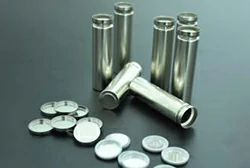
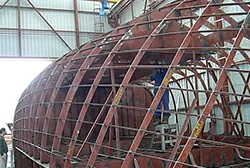
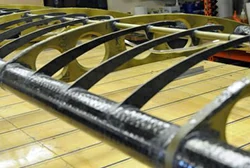
Refrigeration and air conditioning tubes
Heat exchangers and HVAC systems rely on good thermal conductivity and corrosion resistance. Ground aluminum rods ensure stable flow passages, improve heat transfer efficiency, and reduce energy consumption.
Common parts: condenser tubing, evaporator supports, air-conditioning distributors, heat exchanger connectors.
Beverage can bodies
High-speed stamping requires excellent ductility and surface cleanliness. 3003 ground rods form thin-walled containers with smooth surfaces, ensuring excellent printability and helping beverage and food packaging manufacturers increase productivity.
Common parts: beverage can bodies, food can bottoms, pull-tab rings.
Television towers and communication facilities
Outdoor facilities must withstand wind, rain, and temperature changes. Precision-ground aluminum rods provide durable masts and supports, reducing corrosion risks and extending the service life of communication equipment.
Common parts: tower tie rods, antenna brackets, fastening connectors.
Drilling equipment and mechanical components
Drilling and engineering machinery require components that are both lightweight and wear-resistant. Precision ground rods are machined into guides, supports, and fixtures that remain reliable under harsh operating conditions.
Common parts: drill rod connectors, guide shafts, hydraulic supports, wear-resistant bushings.
Armor and protective structures
Lightweight armor and protective equipment must balance weight and safety. 3003 ground rods can be processed into protective components that maintain mobility while providing effective defense, making them suitable for security and military applications.
Common parts: armor plate frames, barrier panels, lightweight vehicle protection beams.

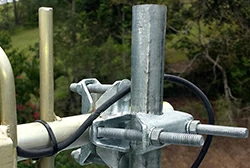
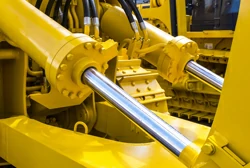
Applicable Standards and Specifications
GB/T 3190-2020 (Chemical Composition)
GB/T 3191-2019 (Aluminum and Aluminum Alloy Bars)
ASTM B211 (Aluminum Bars), EN 573-3 (Chemical Composition), EN 755-2 (Mechanical Properties)
EN 10204 3.1 / 3.2 Material Certificates, including reports on chemical composition, mechanical properties, dimensions, and surface inspection
Quality Control and Delivery
All batches are tested for diameter, straightness, and roundness. Eddy current or ultrasonic NDT testing can be performed if required. For certain applications, hydrostatic testing at 1.5 times the design pressure can be carried out. Each shipment is accompanied by EN 10204 3.1/3.2 material certificates, covering chemical composition, mechanical properties, dimensional accuracy, and surface inspection.
Packaging includes pearl cotton, moisture-proof film, and wooden crates, with end caps and barcodes for full traceability. Standard sizes can be shipped within 1–3 days, while customized sizes are usually delivered within 5–10 days.
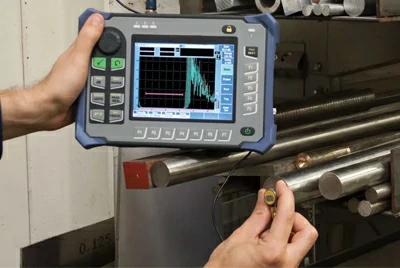

Frequently Asked Questions (FAQ)
Q: What is the price of 3003 precision ground rods?
A: The price is higher than standard extruded bars but lower than aerospace-grade aluminum. The actual quotation depends on diameter, tolerance, length, and quantity. Please contact us for an instant quote.
Q: What is the minimum order quantity (MOQ)?
A: Small quantity orders are supported. Standard stock can be supplied in small volumes, while customized specifications require a
minimum production batch.
Q: Do you provide samples?
A: Yes, free short-length samples are available for lathe or CNC testing.
Q: What tolerances can you guarantee?
A: Diameter ±0.02 mm, straightness ≤0.2 mm/m, roundness ≤0.005 mm, with inspection reports provided.
Q: Is 3003 suitable for anodizing?
A: Yes, 3003 aluminum is suitable for anodizing, producing a uniform and attractive surface, ideal for appearance parts.
Q: How does 3003 compare with 6061 ground rods?
A: 6061 offers higher strength and is typically used for load-bearing parts, while 3003 provides better formability and weldability, making it more suitable for deep drawing, welding, and appearance components.


